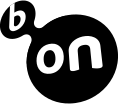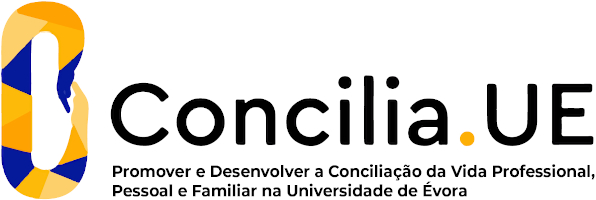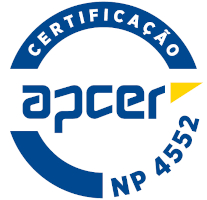General Chemistry
Presentation
Sustainable Development Goals
Learning Goals
To know and understand the importance of chemistry in the society and the central role it plays in explanation and interpretation of phenomena in many scientific and technological fields.
Contents
2. Periodic table
3. Chemical bonding
4. States of aggregation of matter
5. Solutions
6. Chemical thermodynamics
7. Chemical equilibrium
8. Equilibrium in heterogeneous systems
9. Ionic equilibria in homogeneous systems: acid-base
10. Electrochemistry
11. (Optional Chapter)
Chemistry of life
Chemical corrosion
Chemical kinetics
Teaching Methods
The evaluation has theoretical and practical components. The theoretical evaluation is made by 2 tests, with equal weight, or by 1 examination. Practical evaluation results from a set of reports made by the student and participation in laboratory classes.
The final score is calculated according to formula 0.7T+0.3L in which T is the theoretical grade and L the practical grade.
Assessment
Final mark = 0.7 T + 0.3 P
T - Grade obtained in the theoretical component by taking the final written exam or the arithmetic average of the marks obtained in 2 frequencies.
the arithmetic average of the marks obtained in 2 exams.
P - Classification obtained in the assessment of the work carried out in the practical component and which includes
attendance (A), work preparation (P), performance in the laboratory (L), and assessment of group reports (R).
(R), according to the following weighting:
P = 0.1*A + 0.2*P + 0.2*L + 0.5*R
The practical assessment method is made available to students at the beginning of the semester, including a list of the work to be done and the reports to be handed in.
work to be carried out, the reports to be submitted and the respective timetable.
None of the two components can have a value lower than 9.5.
Recommended Reading
1 - Atkins, P.; e Jones, L., Chemical Principles: The Quest for Insight, 2ª Ed., W. H. Freeman and Company, New York, 2002.
2 - Chang, R., Química. 5ª Ed., McGraw-Hill, 1994.
3 - Reger, D.; Goode S. e Mercer, E., Química: Conceitos e Princípios, Fundação Calouste Gulbenkian, Lisboa, 1997.
4 - Brady, J., Russell, J., Holum, J., Chemistry, Matter and its changes, 3ª Ed., J. Wiley & Sons, New York, 1999.
5 - Kotz, J.; Treichel, P., Chemistry and Chemical Reactivity, 3ª Ed., Saunders College Pub., 1996.





















